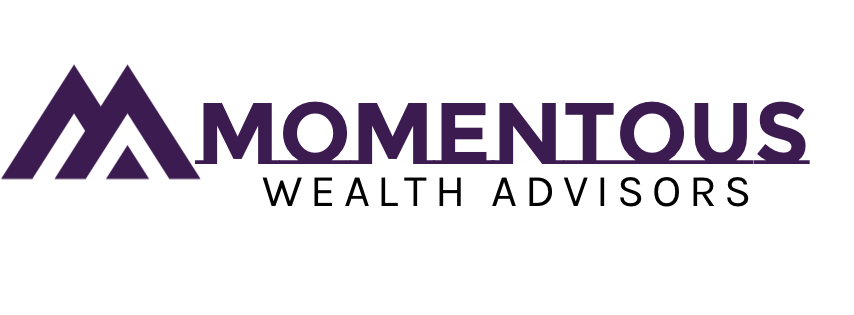Tax Strategy in Your Peak Earning Years: Making Every Dollar Count
Your 40s and 50s present a unique tax planning opportunity. You're likely in your highest tax bracket ever, but you also have the most to gain from strategic tax planning. The decisions you make now about traditional versus Roth accounts, tax diversification, and retirement income planning will significantly impact your tax burden both today and throughout retirement. Understanding these strategies can potentially save you tens of thousands of dollars over your lifetime.
Traditional 401(k) vs. Roth: It's Not Either/Or
The choice between traditional and Roth accounts isn't binary—you can and should use both strategically. Traditional accounts make sense when you're in a high tax bracket now and expect to be in a lower bracket in retirement. Roth accounts are ideal when you expect higher taxes in the future or want tax-free flexibility. Many people in their peak earning years benefit from a hybrid approach: use traditional 401(k) contributions to reduce current taxes while making Roth IRA contributions for future tax-free income. This creates tax diversification, giving you more control over your retirement tax situation.
The Power of Roth Conversions
If you have money in traditional IRAs or 401(k)s, consider strategic Roth conversions—especially during lower-income years or market downturns. You'll pay taxes now on the converted amount, but all future growth will be tax-free. This strategy works particularly well if you retire early and have a few years of lower income before Social Security kicks in. Convert enough each year to "fill up" lower tax brackets without pushing yourself into higher ones. Even converting $10,000-20,000 annually can significantly increase your tax-free retirement income over time.
Tax Diversification: Your Retirement Income Strategy
Think of retirement accounts like different tax buckets: traditional accounts (taxed as ordinary income), Roth accounts (tax-free), and taxable accounts (capital gains rates). Having money in all three gives you flexibility to manage your tax burden in retirement. For example, if you need $60,000 in a particular year, you might take $30,000 from traditional accounts, $20,000 from Roth accounts, and $10,000 from taxable accounts to optimize your tax situation. This strategy becomes even more valuable if tax rates change or if you need to manage Medicare premium surcharges based on income.
Minimizing Taxes in Retirement
Your retirement tax strategy should begin now. Consider the order of withdrawals: generally, take required minimum distributions first, then taxable account income, then traditional retirement accounts, and save Roth accounts for last (since they don't have required distributions). Be aware of Social Security taxation—if your combined income exceeds certain thresholds, up to 85% of your Social Security benefits may be taxable. Managing your retirement income sources can help minimize this impact. Also consider geographic tax planning: some states don't tax retirement income, which could save thousands annually.
Advanced Strategies for High Earners
If you're a high earner, you might be limited in your retirement savings options. The "mega backdoor Roth" allows you to contribute after-tax dollars to your 401(k) and convert them to Roth—potentially adding $40,000+ annually to your Roth savings. Health Savings Accounts become even more valuable for high earners since they're one of the few ways to get an immediate tax deduction without income limits. Consider maxing out HSA contributions and paying medical expenses out-of-pocket, letting the HSA grow tax-free for retirement.
Tax planning in your 40s and 50s isn't just about saving money this year—it's about setting up a tax-efficient retirement income strategy. The key is balance: reducing current taxes while maintaining flexibility for the future. Work with a tax professional who understands retirement planning, and remember that tax laws change. What matters most is having money in different types of accounts so you can adapt to whatever tax environment awaits you in retirement.
-Brian D. Muller, AAMS® Founder, Wealth Advisor
XYPN Invest Disclaimer:
Brian Muller is an Investment Adviser Representative of XYPN Invest, an SEC-registered investment advisory firm doing business as Momentous Wealth Advisors. This content is not published on behalf of XYPN Invest, and the views expressed herein are solely those of the author.
Disclaimer: This material is for informational purposes only and should not be construed as investment advice. Past performance is not indicative of future results. Investors should make investment decisions based on their unique investment objectives and financial situation. While the information is believed to be accurate, it is not guaranteed and is subject to change without notice.
Investors should understand the risks involved in owning investments, including interest rate risk, credit risk and market risk. The value of investments fluctuates and investors can lose some or all of their principal.
Always consult with a qualified financial professional before making any investment decisions.
